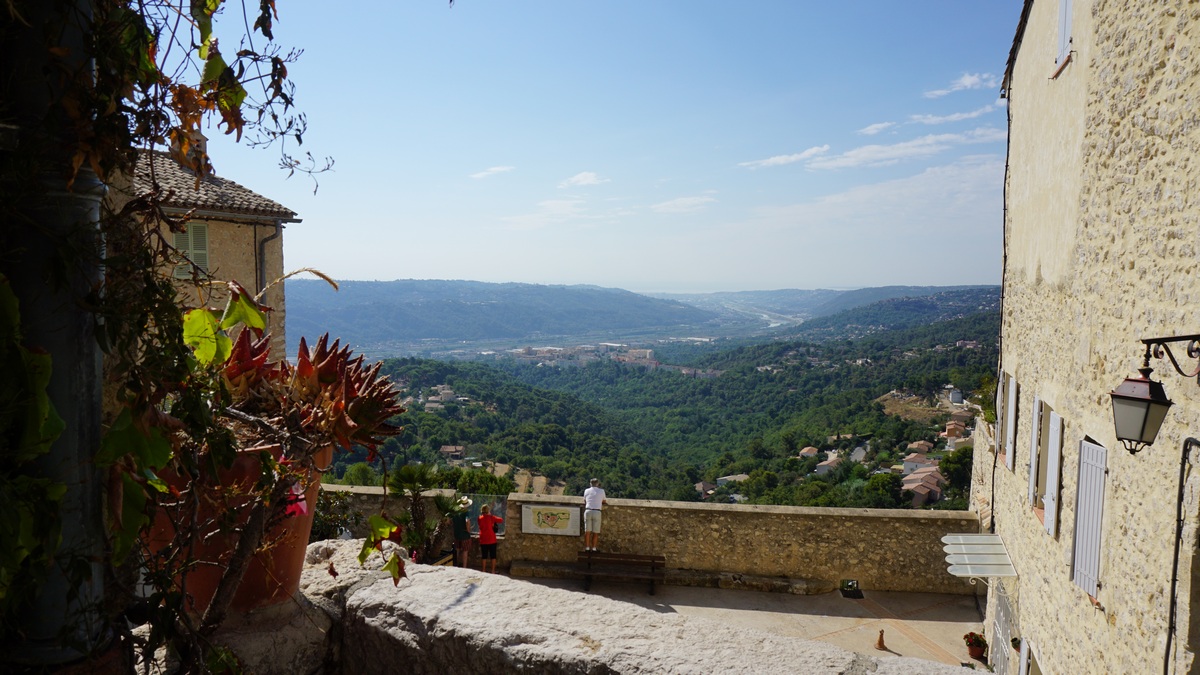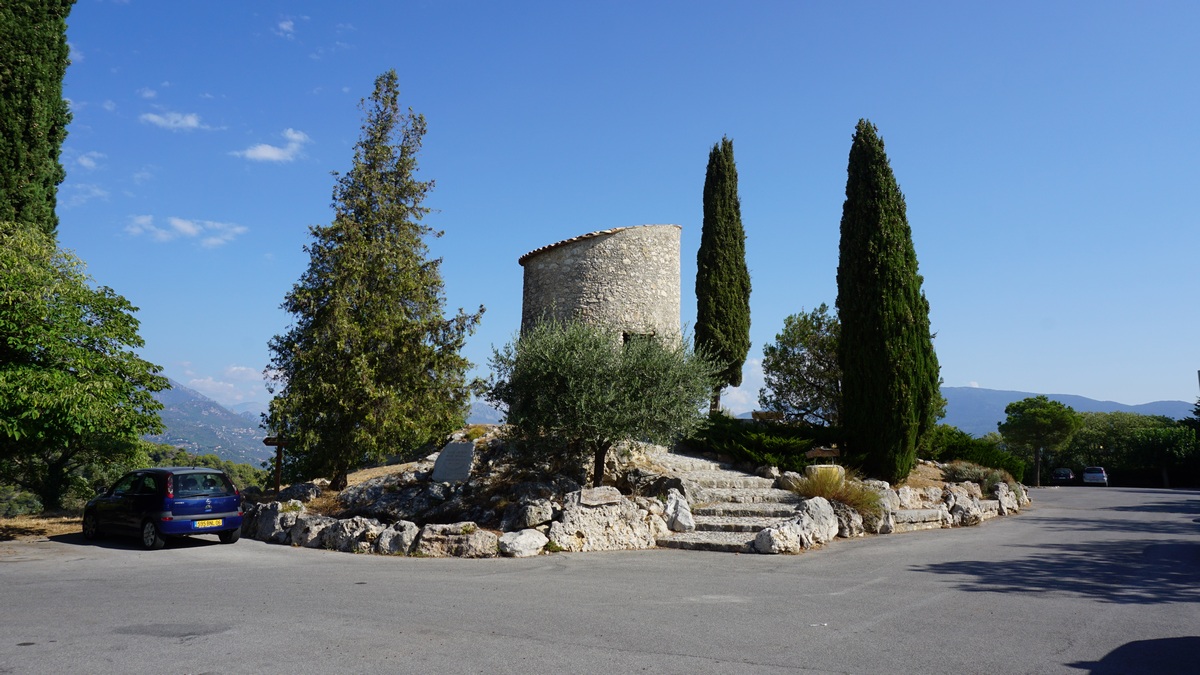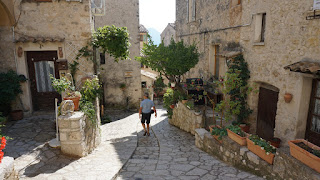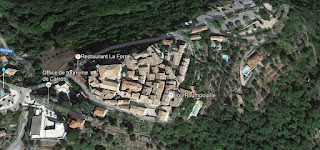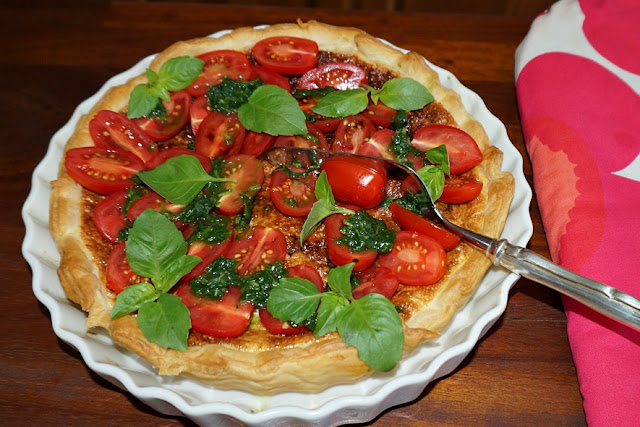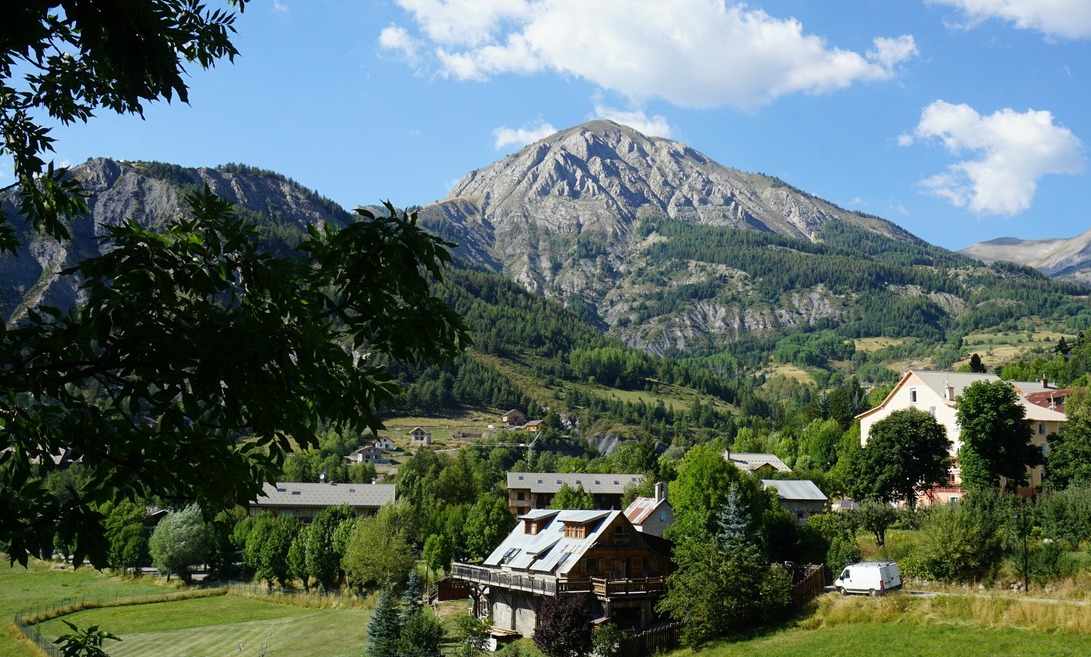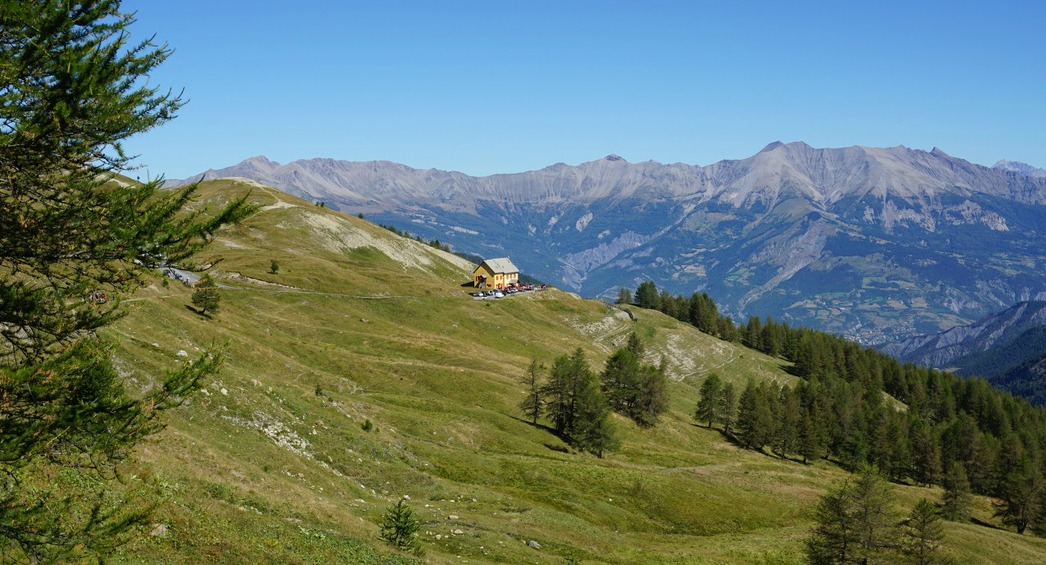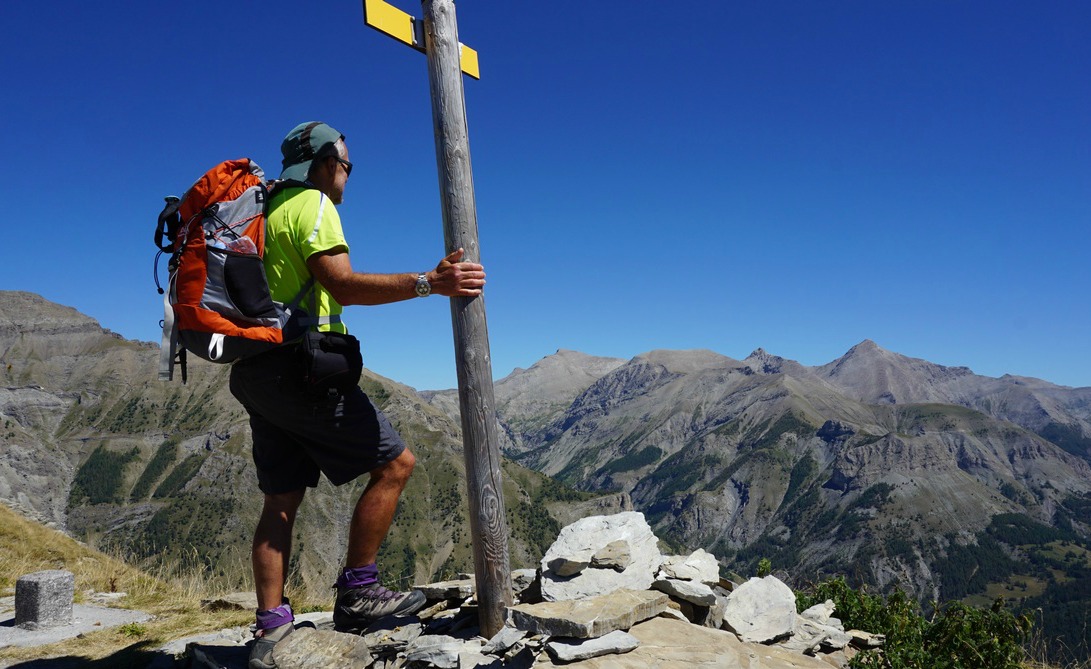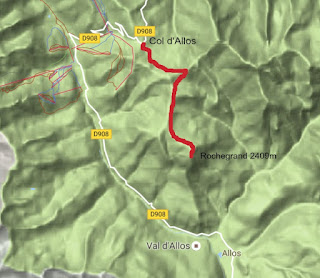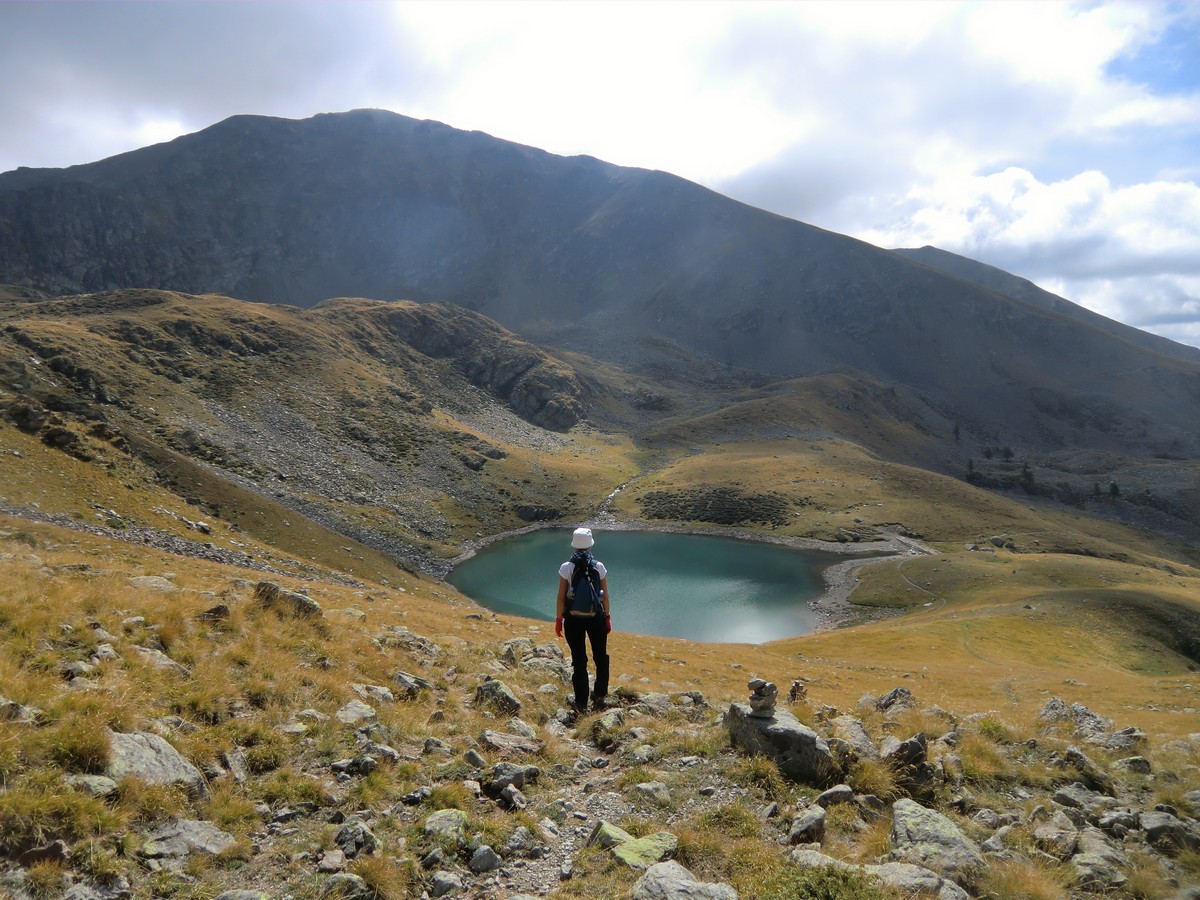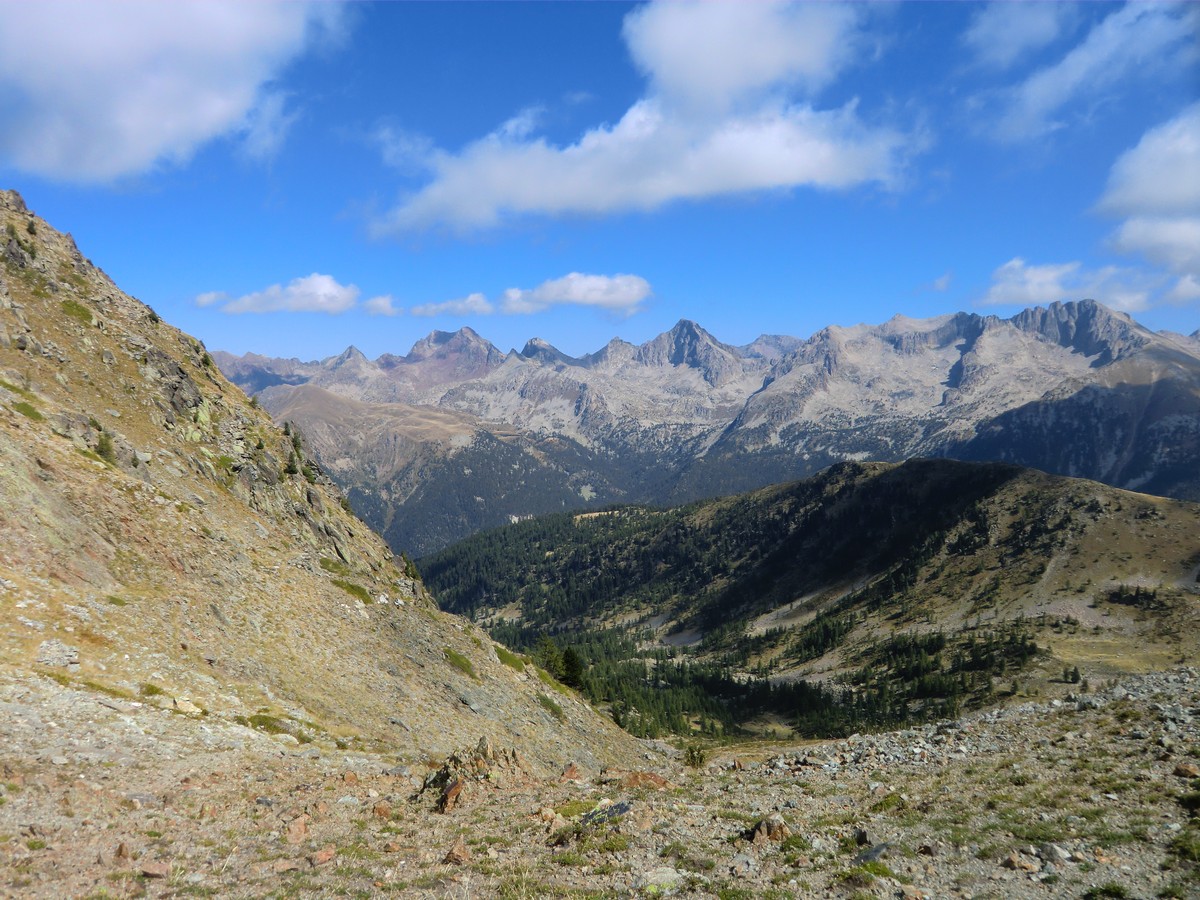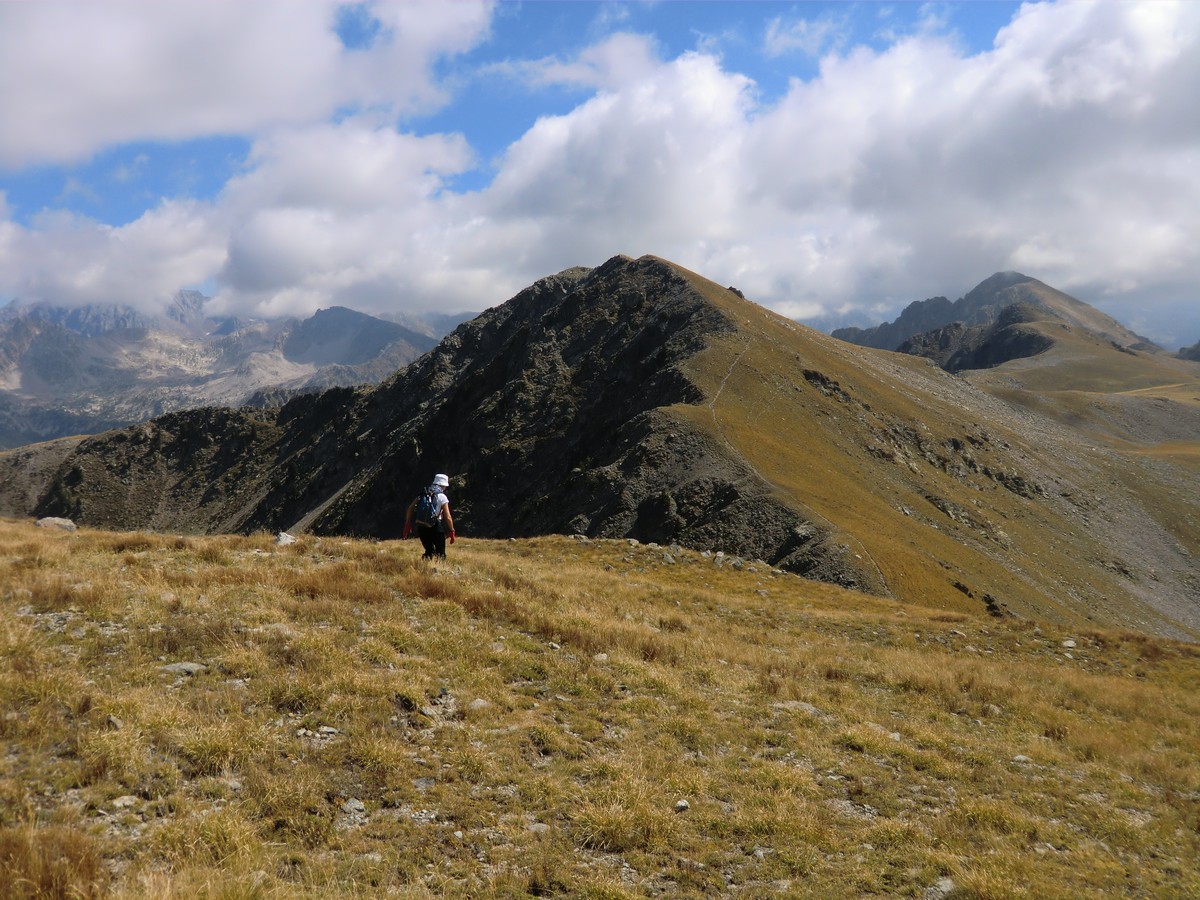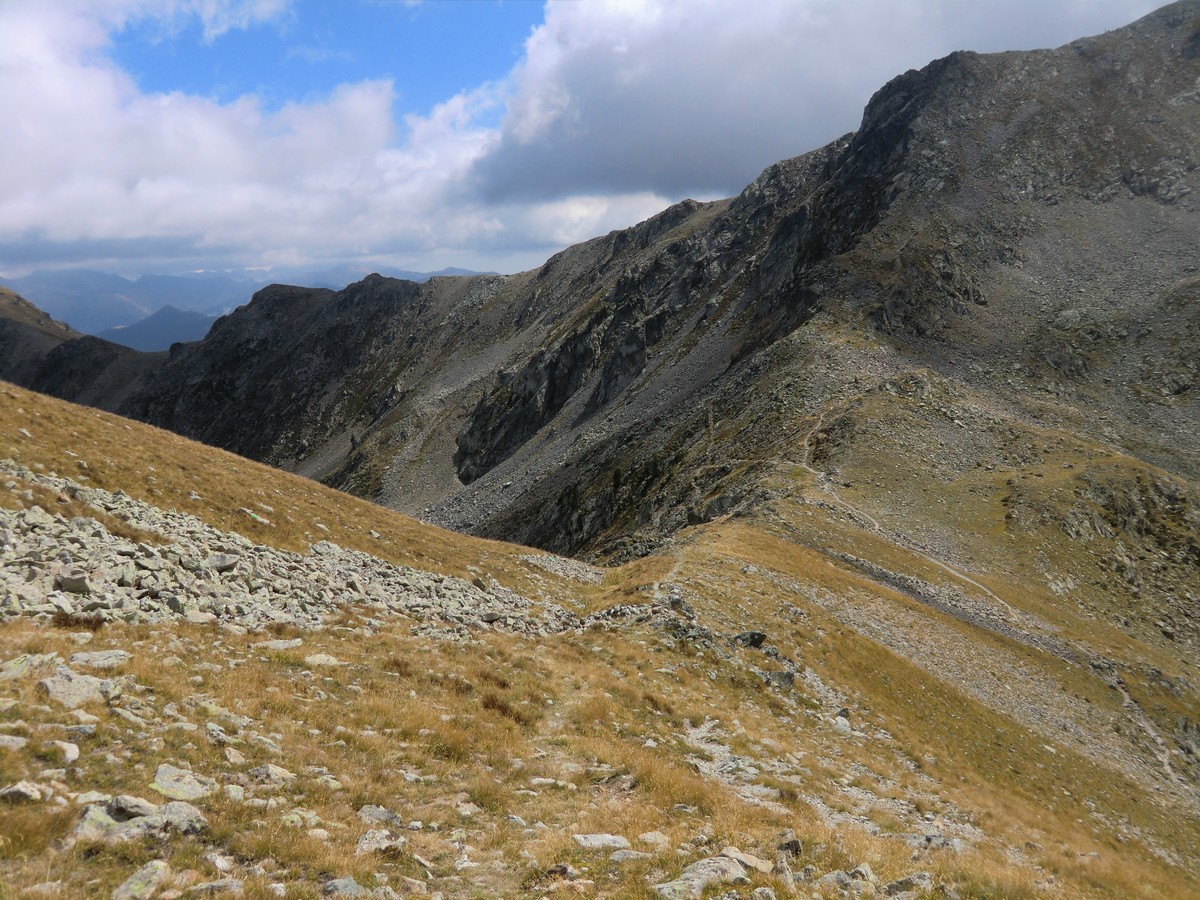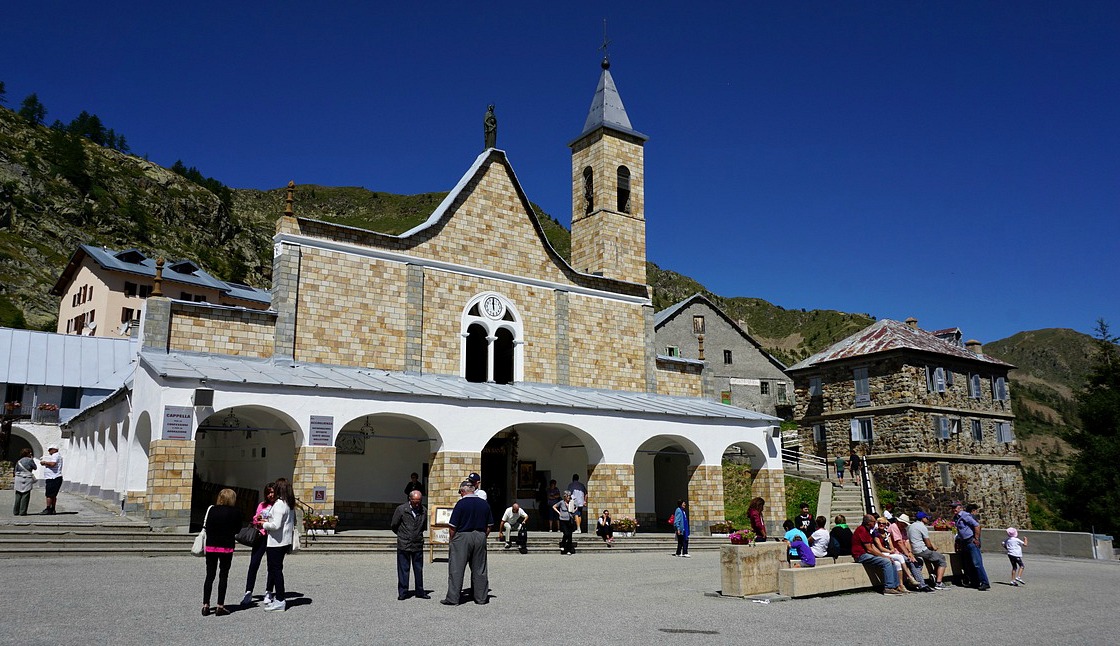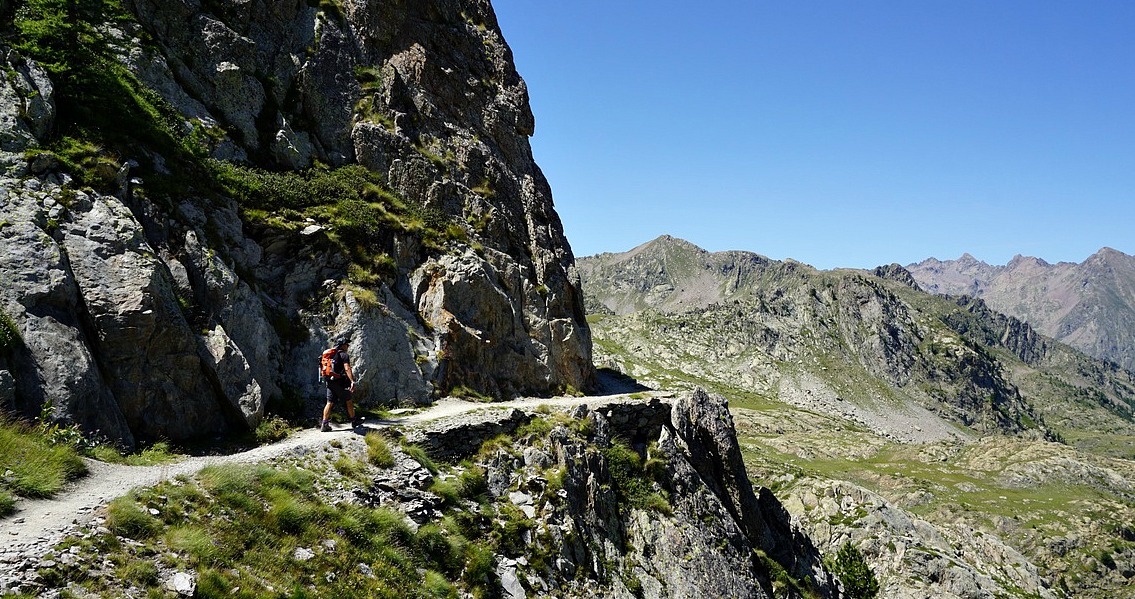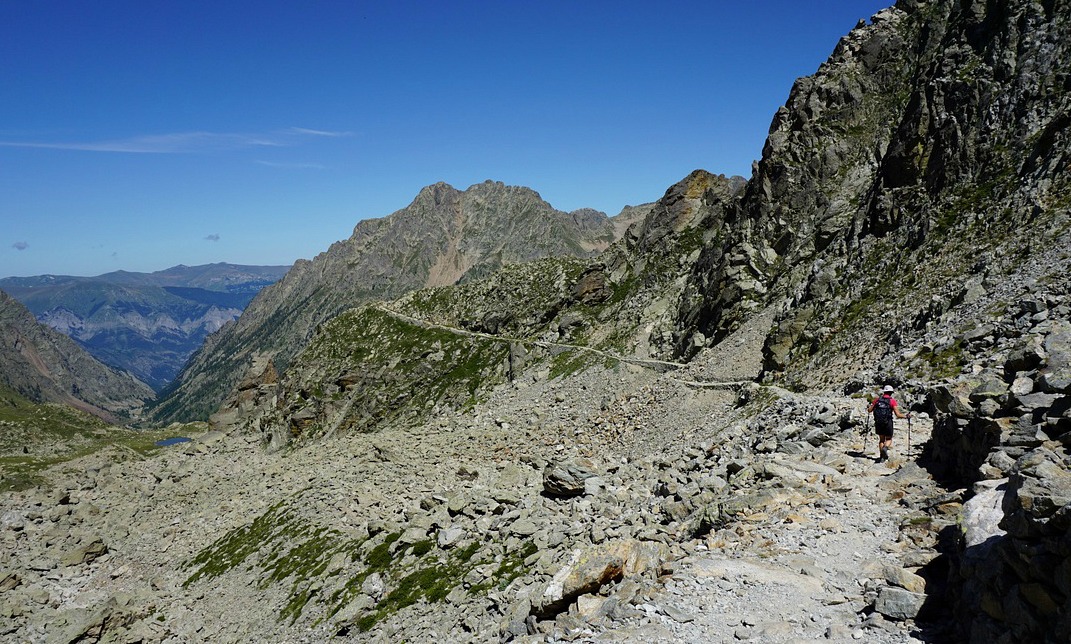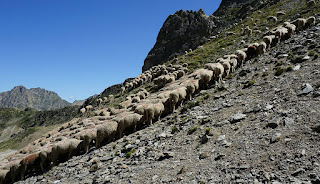Vegetable crumble recipe

The following vegetable side dish goes very well with meat or chicken. It is a twist of the famous French ratatouille. Make it when the tomatoes are at their best.
For the crumble you will need grated Parmesan and almond powder, poudre d’amande, which is easily found in all French supermarkets. If you don’t have it in your shops just grind the almonds in a food processor until you get a fine, grainy consistence.
This recipe is gluten free.
2- 3 servings
1 aubergine
1 courgette / zucchini
2 large and ripe tomatoes
1 shallot
1 clove garlic
1 tsp Provençal herbs
Freshly ground black pepper
3 tbsp. pine nuts
2 tbsp. black olives
1 tbsp. rapeseed oil
2 tbsp. olive oil
About 1 tbsp. butter for the oven dish
For the crumble:
4 tbsp. grated parmesan
4 tbsp. almond powder, poudre d’amande
Fresh basil leaves to decorate
Preheat the oven to 200 degrees Celsius.
Wash and slice the aubergine and courgette into about 0,5 cm rather thin slices. Place the slices on a large oven tray lined with baking paper and bake for 20- 30 minutes until softened.
Meanwhile warm 1 tbsp. rapeseed oil in a frying pan over medium heat. Peel and chop the shallot, add to the pan. Mince the garlic and add to the pan. Chop the tomatoes and add to the pan. Add the Provençal herbs and black pepper and cook for about 10- 15 minutes. Add the pine nuts and olives and stir.
Generously butter a medium- size ovenproof dish.
Make the crumble by mixing the Parmesan and almond powder.
Place the aubergine and courgette slices in the bottom of the ovenproof dish. Divide the vegetable mixture from the frying pan over the aubergine and courgette. Top with the crumble and drizzle with 2 tbsp. olive oil. Bake in the oven for 20- 25 minutes.
Divide the vegetable crumble on the plates and decorate with fresh basil.










